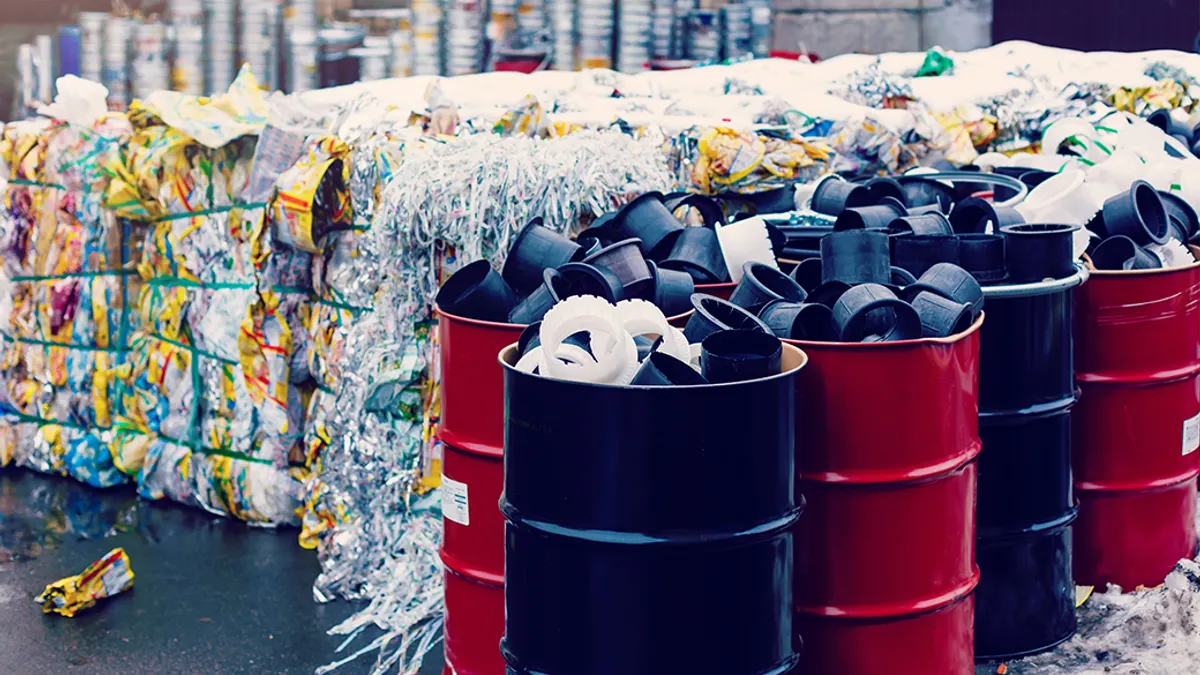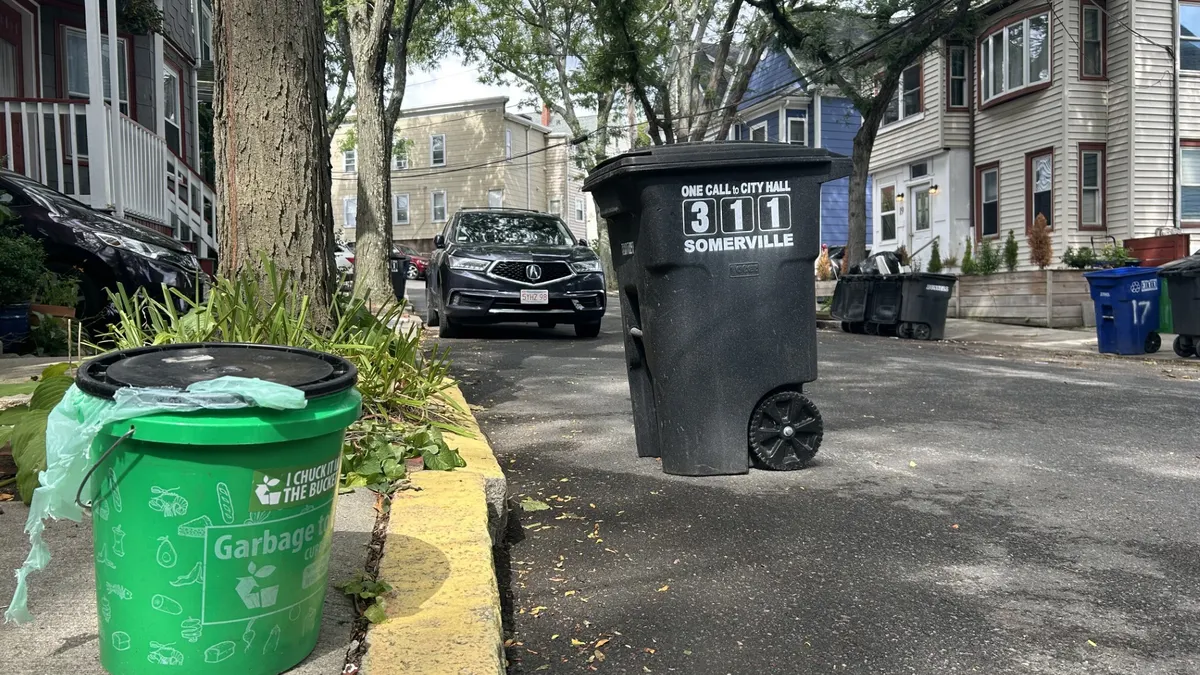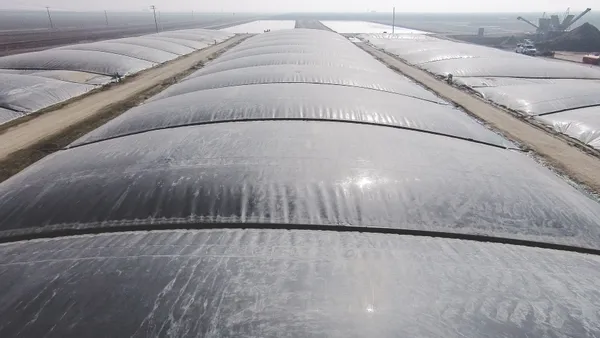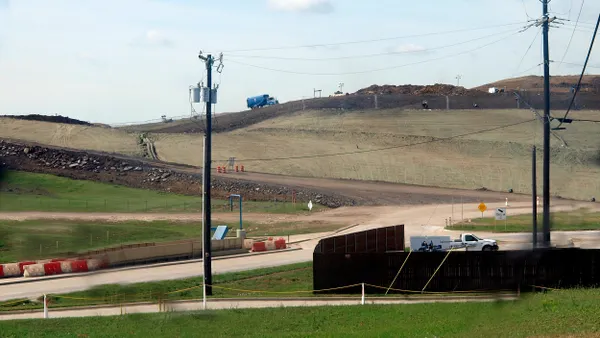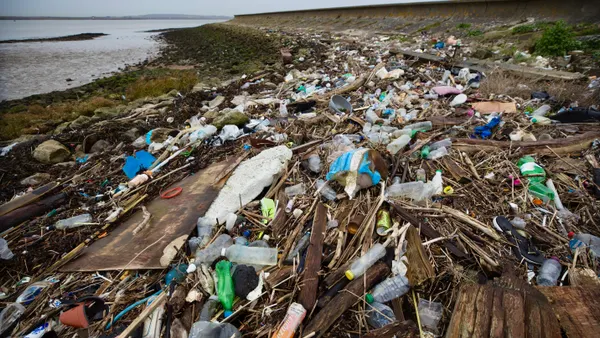For too long, waste management has been treated as a necessary expense, another cost center to keep compliant and under budget. But that narrow view is leaving money on the table. Hidden in most industrial waste streams are untapped material value, operational inefficiencies, and missed opportunities to boost sustainability.
Now, leading companies are flipping the script, turning waste into a source of cost savings, operational agility, and measurable business value. This isn't just about doing what's right for the planet, it's about doing what's smart for the bottom line.
The Hidden Cost of “Good Enough”
Most industrial waste strategies focus on three priorities: stay compliant, stay under budget, and don't disrupt core operations. While reasonable, these goals often conceal larger performance issues.
Lost Material Value
Valuable materials, including metals, plastics, chemicals, and even energy sources, are often downgraded or discarded into landfills or low-value recovery streams. Without systems to recover or monetize, companies miss out on secondary revenue and cost savings.
Process Inefficiency
Siloed operations, outdated tracking systems, and manual workflows increase labor costs. These inefficiencies ripple across procurement, manufacturing, and logistics, inflating overhead and reducing agility.
Sustainability Blind Spots
Outdated practices represent missed opportunities. Waste metrics are often underreported, leaving gains in transparency, circularity, and landfill diversion unrealized. Reporting these elevates a company’s ESG profile, building stakeholder trust.
The result is an invisible drag on performance that compounds over time.
Waste as Strategic Lever
Forward-looking manufacturers, processors, and logistics companies are breaking from this model. By shifting to strategy-led waste management, they're unlocking cost savings, operational insight, and potential revenue streams through four key approaches:
- Data-Driven Insight
Strategic waste management begins with visibility. Digital tracking and real-time data enable teams to pinpoint where materials are wasted and where value is lost. These insights inform decisions from material sourcing to disposal methods, aiding faster course correction. - Circular Thinking
By adopting circular economy principles, companies transform linear waste streams into resource loops. Whether reselling scrap, reintroducing byproducts into production, or partnering with recyclers, circular strategies drive both environmental and financial returns. - Integrated Sustainability Reporting
As investors and customers demand greater transparency, waste is no longer just an operational concern - it’s a boardroom topic. Leading firms are integrating waste metrics into their sustainability reports to enhance transparency, demonstrate progress, meet investor and regulatory expectations, and foster trust. - Cross-Functional Collaboration
Waste doesn’t originate in isolation. It stems from design, procurement, operations, and finance. Leading firms break down silos and involve cross-functional teams in waste reduction initiatives to redesign packaging, reengineer inputs, or renegotiate contracts.
Real-World Success Stories
Across industries, companies are redefining waste as a performance lever:
- A global manufacturer realized a 55% year-over-year cost reduction following a TBK waste audit that redirected production waste away from landfills. Key supplier partnerships and secondary market connections optimized recyclable management, increased rebates, improved margins, and boosted ESG scores.
- A chemical company used AI-powered tracking to cut hazardous waste generation by 20%, saving on disposal fees and regulatory costs.
- A regional logistics firm switched to a digital waste management platform that identified 7% in cost savings from previously unmonitored inefficiencies.
These aren’t isolated wins. They’re early indicators of a broader shift that turns waste into a performance lever. Success starts with planning, cross-functional alignment, data-driven systems, training, and experienced guidance.
Market Forces Driving Change
Several factors are accelerating this transformation.
- Rising material costs make waste recovery more economically attractive.
- Tightening regulations are increasing disposal costs and the complexity of compliance.
- Growing investor focus on ESG performance makes waste metrics increasingly material to company valuations.
The Path Forward
Success requires more than good intentions. It demands leadership alignment, cross-functional collaboration, and systems that turn waste data into actionable insights.
Impactful results are already being realized by companies participating in TBK Environmental’s W2V (Waste to Value) program. W2V combines detailed waste evaluations, strategic partnerships that can turn waste into resources, employee training, and digital tracking with real-time analytics. This gives clients a clear picture of exactly what they're wasting and where, enabling smarter, data-driven decisions that transform compliance costs.
As material costs rise and stakeholder expectations grow, waste is emerging as a frontier for innovation and a competitive advantage. Companies that approach it strategically don't just mitigate risk; they unlock margin, enhance agility, and elevate their sustainability performance.
The results speak for themselves: waste transformation isn't just possible, it's profitable for those who act decisively.

